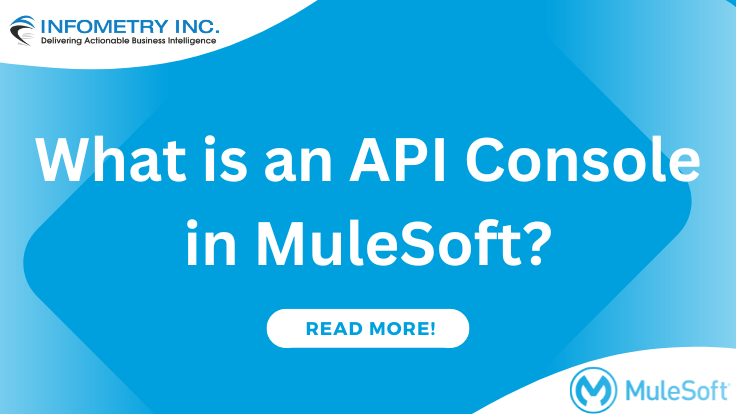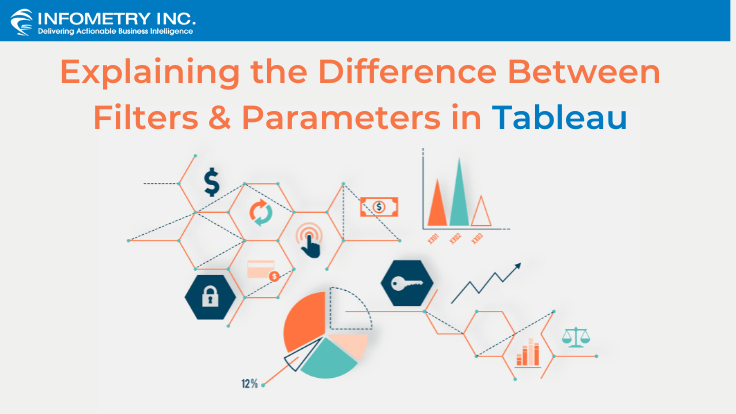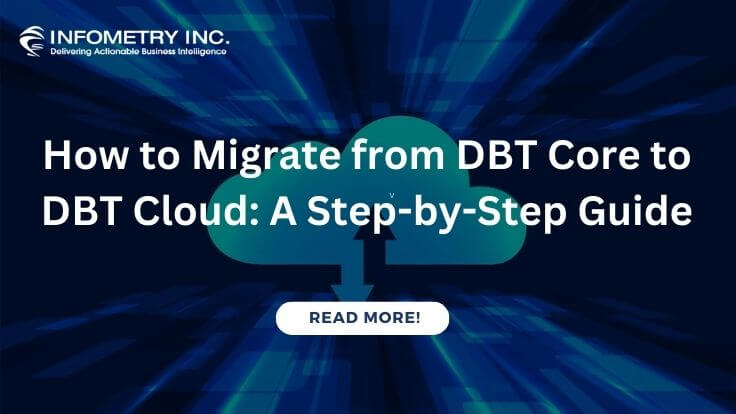
What is an API Console in MuleSoft?
October 31, 2022
Explaining the Difference Between Filters & Parameters in Tableau
November 18, 2022RAML, also known as RESTful API Modelling Language, makes it simple to characterize human-friendly APIs. It is usually utilized by browsers and HTTP clients to transfer documents to the server. RAML gives a type file that can be joined with file Types to characterize what a user can upload to an HTTP Server.
RESTful API Modeling Language (RAML) gives intelligible and machine-processable documentation for your RESTful web services. It helps you to document resources, parameters, responses, methods, media types, and other HTTP builds that form the basis for a RESTful web service. RAML was first projected in 2013 by RAML Workgroup. Today, RAML Workgroup incorporates technology leaders from software vendors such as MuleSoft Inc., Intuit Inc., PayPal Inc., and Cisco.
What is RAML in MuleSoft?
RAML is a YAML-based modelling language used to address RESTful APIs. It depicts the API systematically and justifiably. It “makes it simple to manage the entire API lifecycle,” according to RAML’s website.
RAML can be utilized in different ways, including making intelligent PAI terminals, producing documentation, and describing an API you’re planning to create. Despite its name, RAML can be utilized to depict API-Led Connectivity Strategies that don’t adhere to all REST standards.
RAML Tools:
The tool library that RAML provides is one of its benefits. They can go from making API documents to deciphering APIs written in different languages to RAML and a tool to parse, validate, and edit RAML types. A portion of the accessible tools are:
API Console:
A graphical UI that outwardly uncovers the API’s structure and critical patterns while also acting as an interactive API
API Notebook:
A web-based JavaScript scripting environment for live API testing and exploration and saving API use cases as markdown gists.
API Workbench:
An integrated development environment permits you to configure, assemble, test, record, and share RESTful HTTP APIs.
RAML Server:
Composing a RAML standard can uncover an extensive mock REST API with no coding.
RAML Tools for .NET:
Permits engineers to integrate and consume APIs that uncover a RAML definition or to produce another ASP.NET Web API implementing from a RAML definition that has proactively been made.
Sandbox:
Mock RESTful API and SOAP web services rapidly and efficiently. For integration, generate from API definitions and utilize immediate deployment, collaborative build, and debugging tools.
Advantages and disadvantages of RAML
Compared with other markup languages, such as Open API, RAML offers a straightforward and convenient way to integrate recurring source code and schemas. There is also an active community that provides excellent support and code snippets. A disadvantage is the absence of downward compatibility of the various versions and the generally modest number of languages compared to other description languages.
Conclusion
Therefore, if you essentially need quick and clean designs for RESTful APIs, the RAML description language is presently a clear benefit. The documentation should be kept as simple but transparent as possible for agile API-First projects. Because of the adaptable reusability of items and code pieces, RAML can score against the competition. With RAML, the integration of XML schemata is finished like a flash. Specifically, the API Workbench is very easy and intuitive to use. Nevertheless, it should be noted that because of new turns of events and advancing standards, the Open API markup language is gaining considerable popularity and will probably be defined as a new standard in the foreseeable future.




